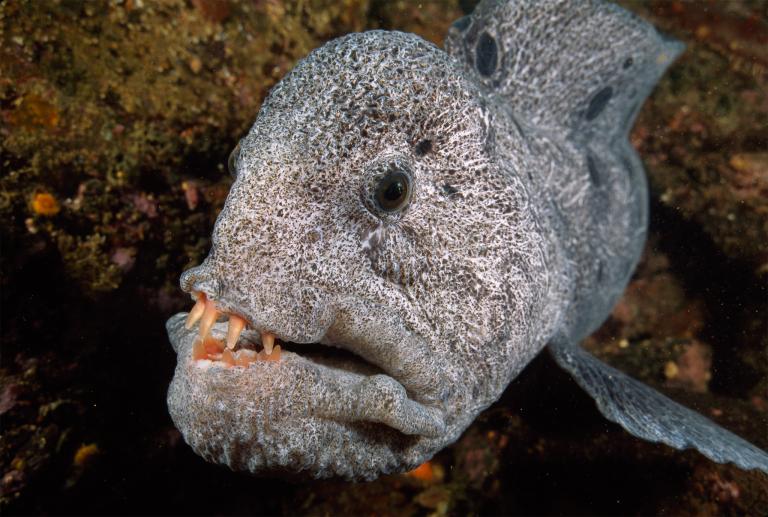
Though they don't have scales like other fish do, their slime allows them to glide through the water easily. Welcome to Steller Cove We’re feeding Blanche the wolf eel with the dive team today After the video, check out our at-home activities at. Wolf eels and many other fish have a thick slime coating that helps them stay healthy, working like an immune system to protect them from the environment. You can tell easily because eels do not have fins! There are many animals that have names that make them seem like something else.ĭraw us what you think a combination of a wolf and an eel would look like! What are some other animals you can think of with names that, if taken literally, would look very different? For example, what would a tree shrew look like? Or a mountain beaver? Any others? Share your creations with us on Facebook! The wolf eel is actually one of five species in the wolffish family, a group of ocean bottom-dwelling carnivorous fish. Washington, DC: Smithsonian Institution 1998: 253-270.Wolf Eels are neither wolves nor eels-they get their name from their personality and appearance. They swim by making deep S-shapes with their bodies, like a snake moving across the ground. In: Handbook of North American Indians, Volume 12: Plateau. Wolf-eels live in shallow water as deep as 740 feet (225 m). Miller J: Middle Columbia River Salishans. I was lucky enough Love these guys Wolf Eel in QT. New York: American Museum of Natural History 1991: 140-153.ĥ. 4,596 posts Very rarely have I seen wolf eels out in the open. Museum of the American Indian, Heye Foundation.: J.J. It is monotypic within the genus Anarrhichthys and one of only two genera in the family. In: Inidan Notes and Monographs No 59 Notes on the Ethonology of the Indians of Puget Sound. The wolf eel is a species of wolffish from the North Pacific. Waterman TT: Hunting Implements, Nets and Traps.


In: The native tribes of British Columbia. Ravenhill A: Chief Sources of Food Supply. The wolf eel (Anarrhichthys ocellatus) is a species of fish with an eel-like appearance. Washington, DC: Smithsonian Institution 1990: 391-397.Ģ. In: Handbook of North American Indians, Volume 7: Northwest Coast. Arima E, Dewhirst J: Nootkans of Vancouver Island. During the process of Wolf Eel fishing, you may catch Kelp Greenling, Rock Fish, Striped Sea Perch, Ling Cod. Only an angler who wishes to challenge this trait can take. Wolf Eels do not leave their dens during the breeding season. Middle Columbia River Salish used willow dip nets. Wolf Eels are shy by nature and they love to hide in their dens. The device was baited, placed in the water and when the eel swallowed the bait, the fisherman tugged on the line, causing the splinter to lodge crosswise in the eel’s throat. Adults like to hide inside small rocky crevices, with just their heads poking out to catch prey such as urchins, crabs, and. Although they look very much like true eels, these are not bony fish they have a cartilaginous skeleton. The hook was a bone splinter sharpened at both ends and was attached at the middle to the line.

Indigenous Peoples of Puget Sound caught wolf-eel with a hook attached to a line. They grab these in their jaws and use the broad molars in the back of their mouths to crunch through the shells. In the wild, wolf-eels eat hard-shelled animals like crabs, sand dollars and sea urchins. The Indigenous Peoples of Puget Sound, Salish of the Middle Columbia River, Nootka (Nuu-chah-nulth) of Vancouver Island, Kootenai and Tlingit, are reported to have eaten wolf-eel, catching the fish with straight-shanked angled hooks and/or gorges. Wolf eels are one of the rare creatures on Earth that finds a partner and mates for life, in most cases. Find the unusual Wolf Eel (Congrogadus subducens) and other healthy high-quality aquatic life for your saltwater marine aquarium for sale at LiveAquaria.


 0 kommentar(er)
0 kommentar(er)
